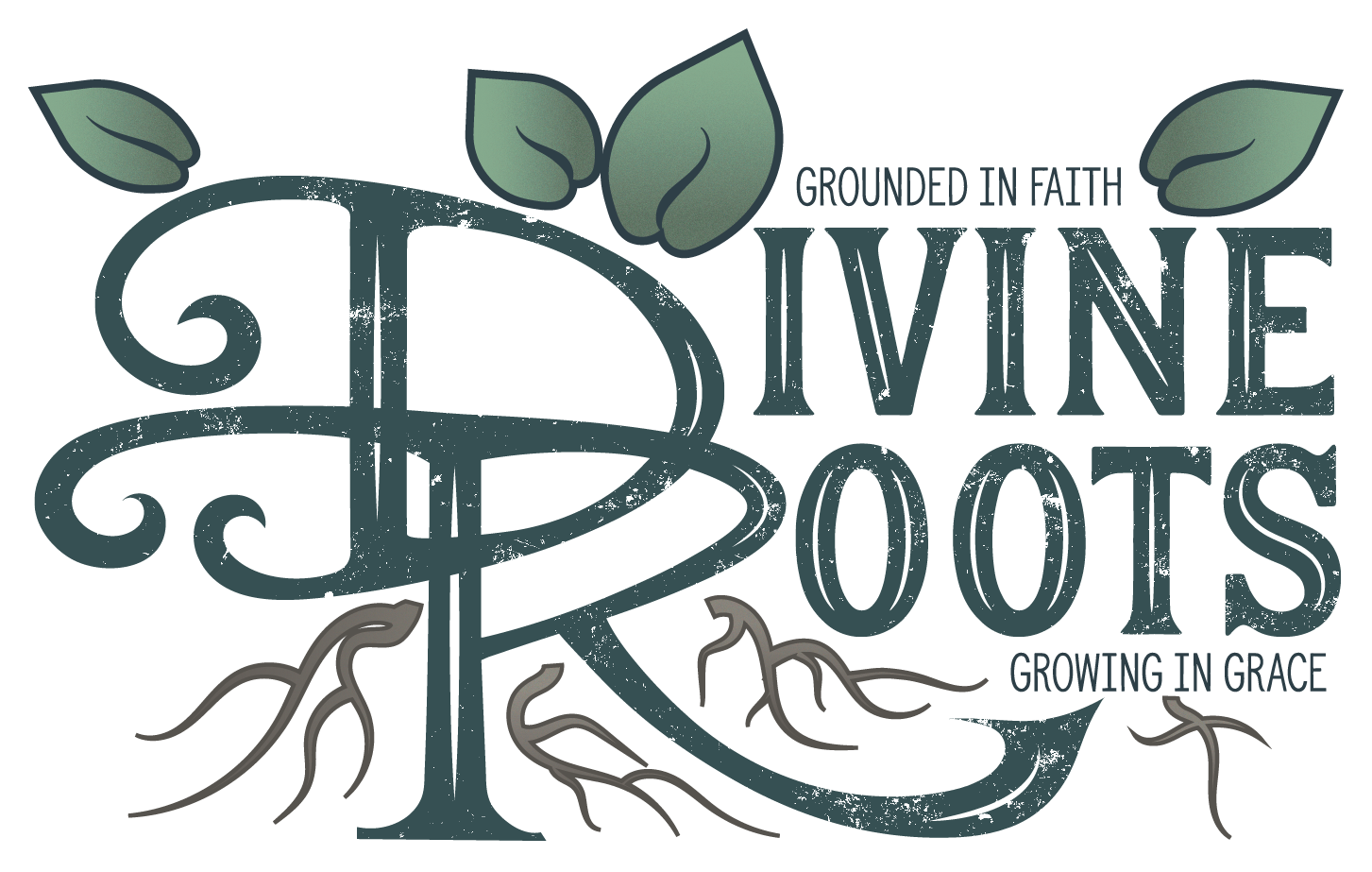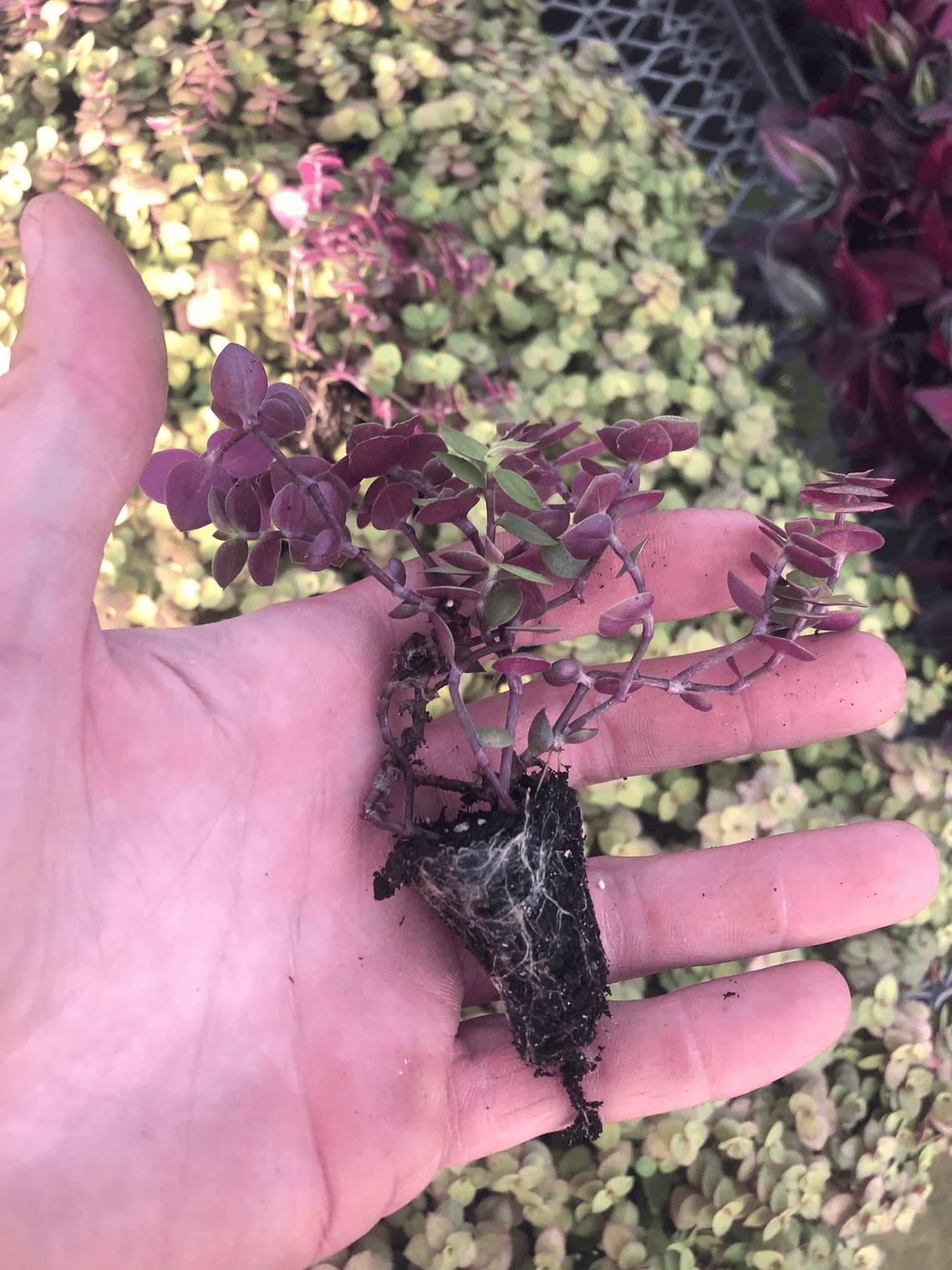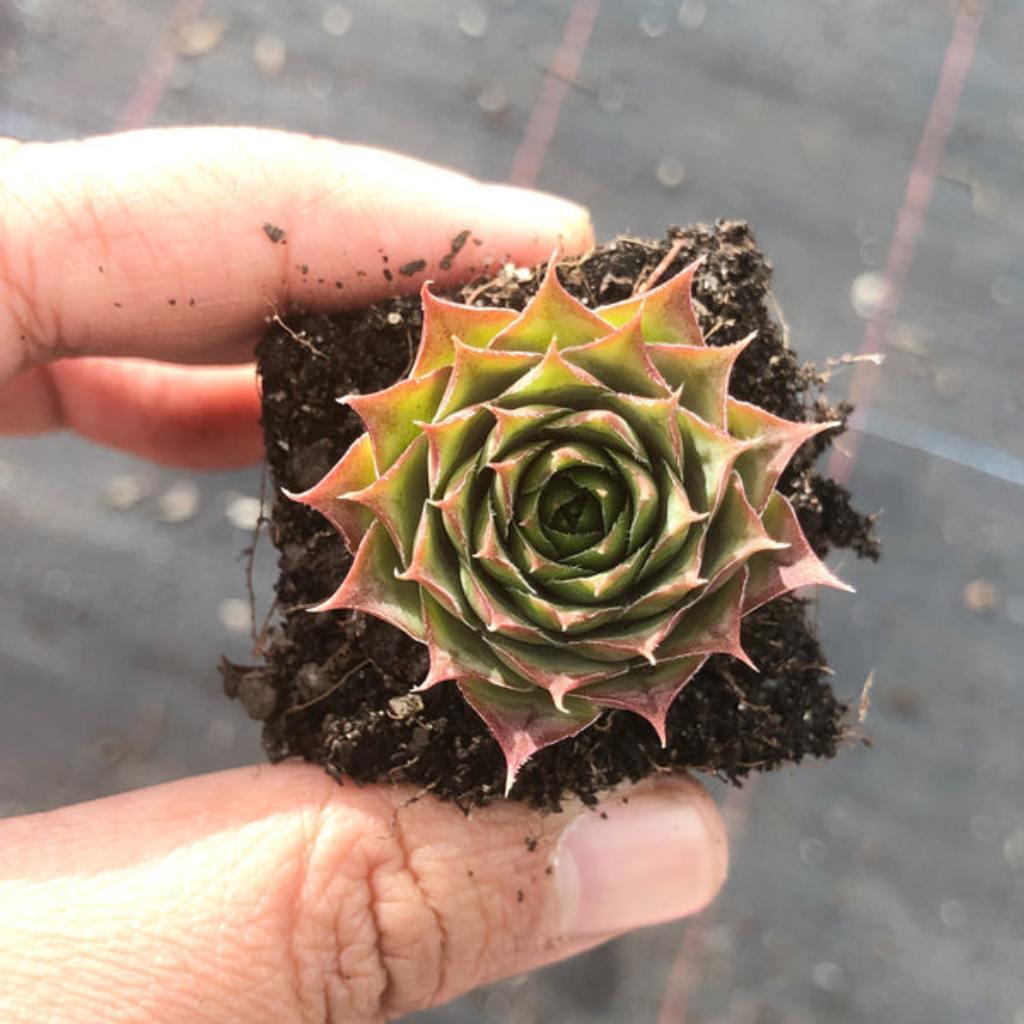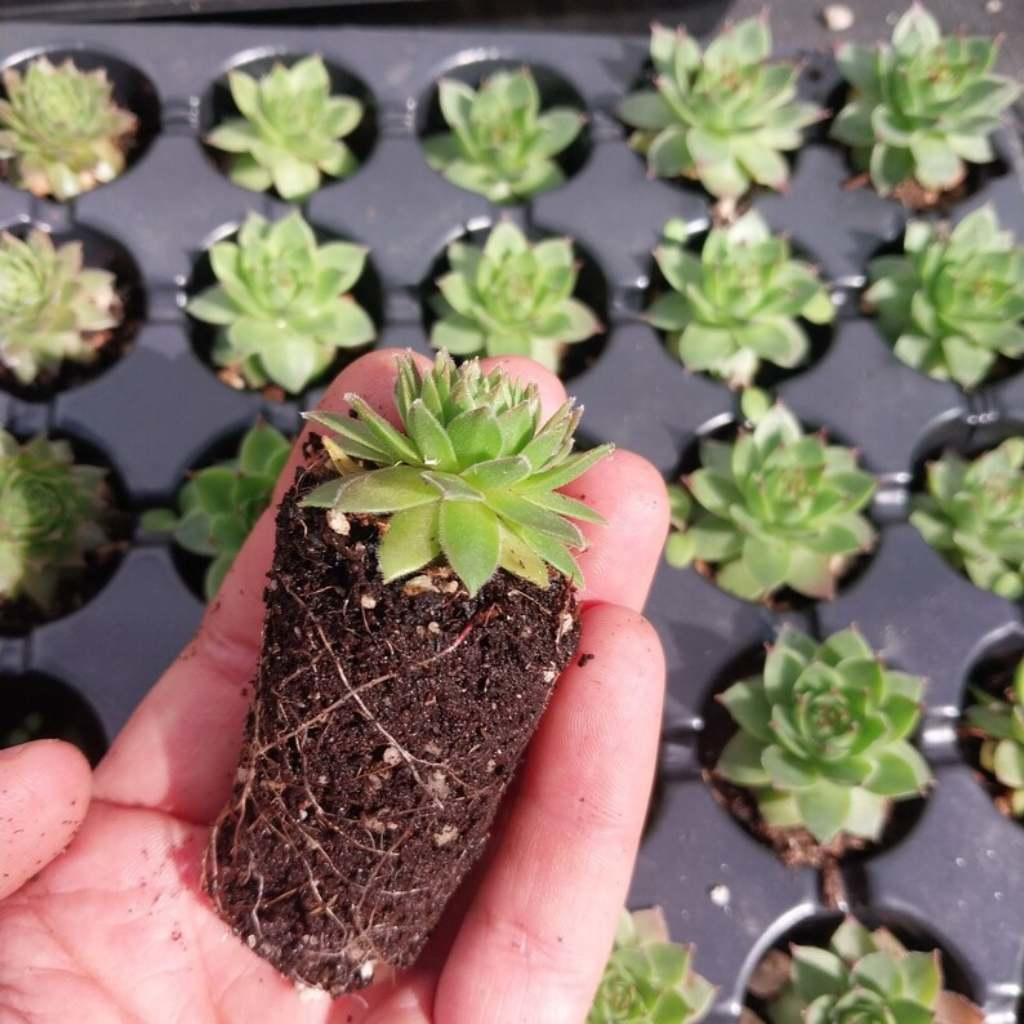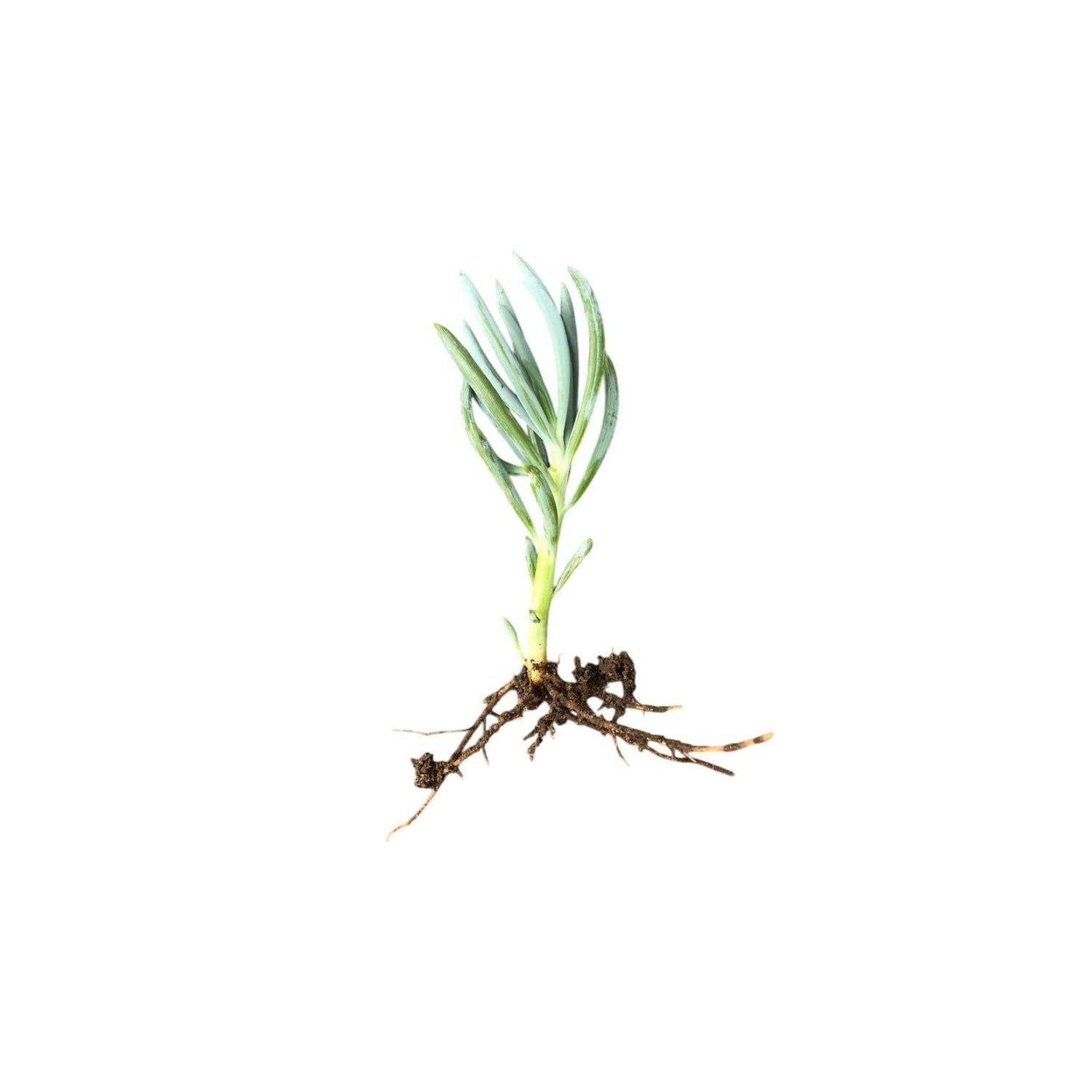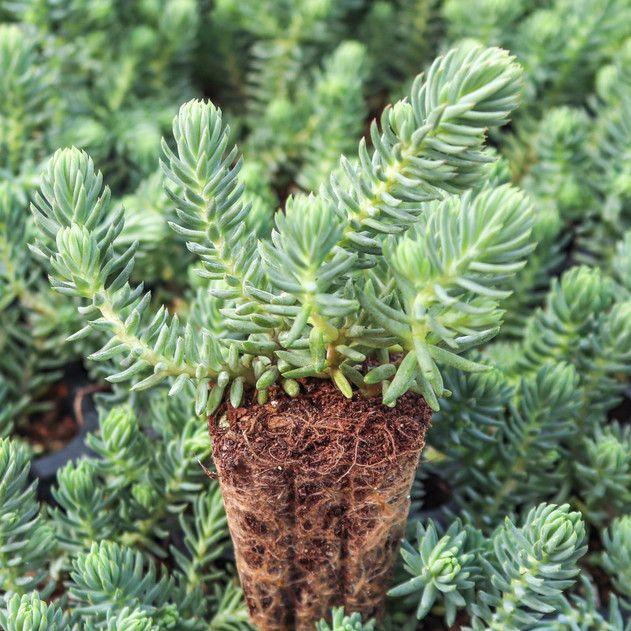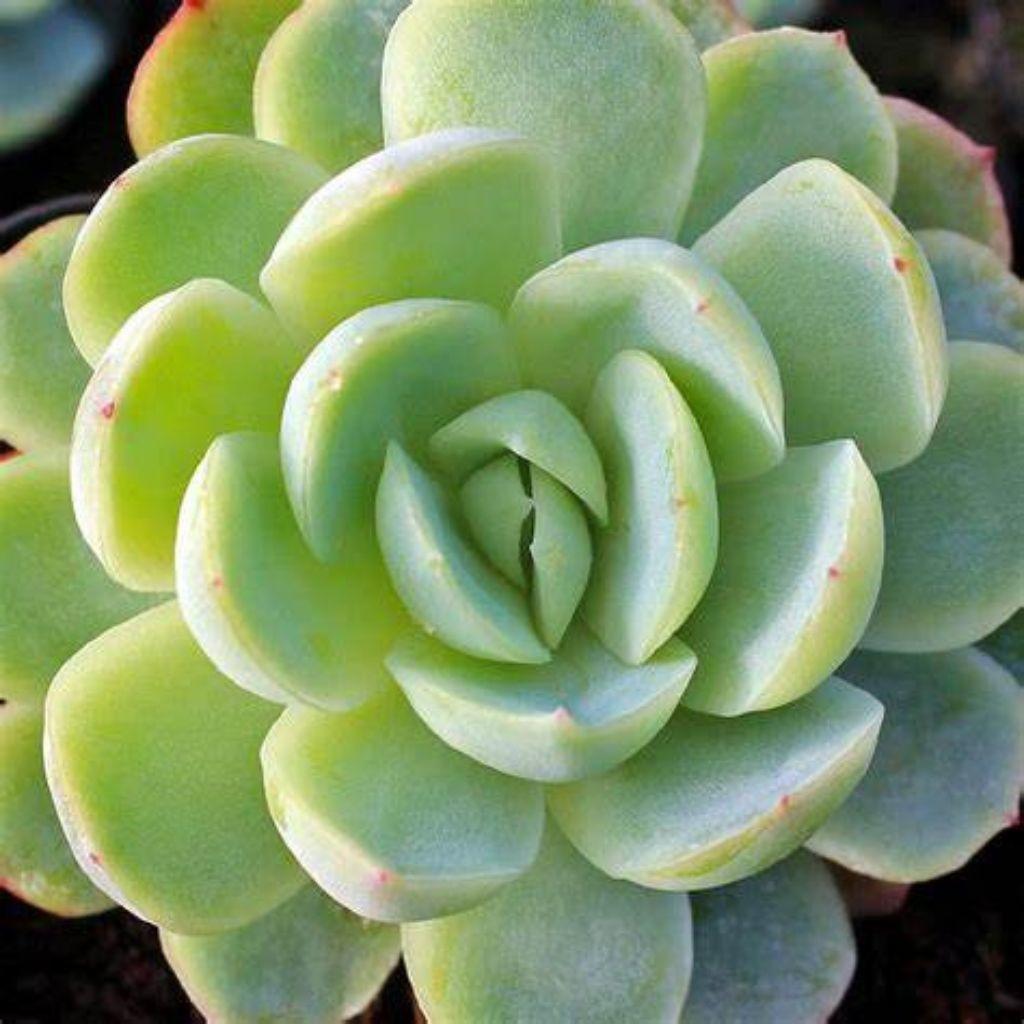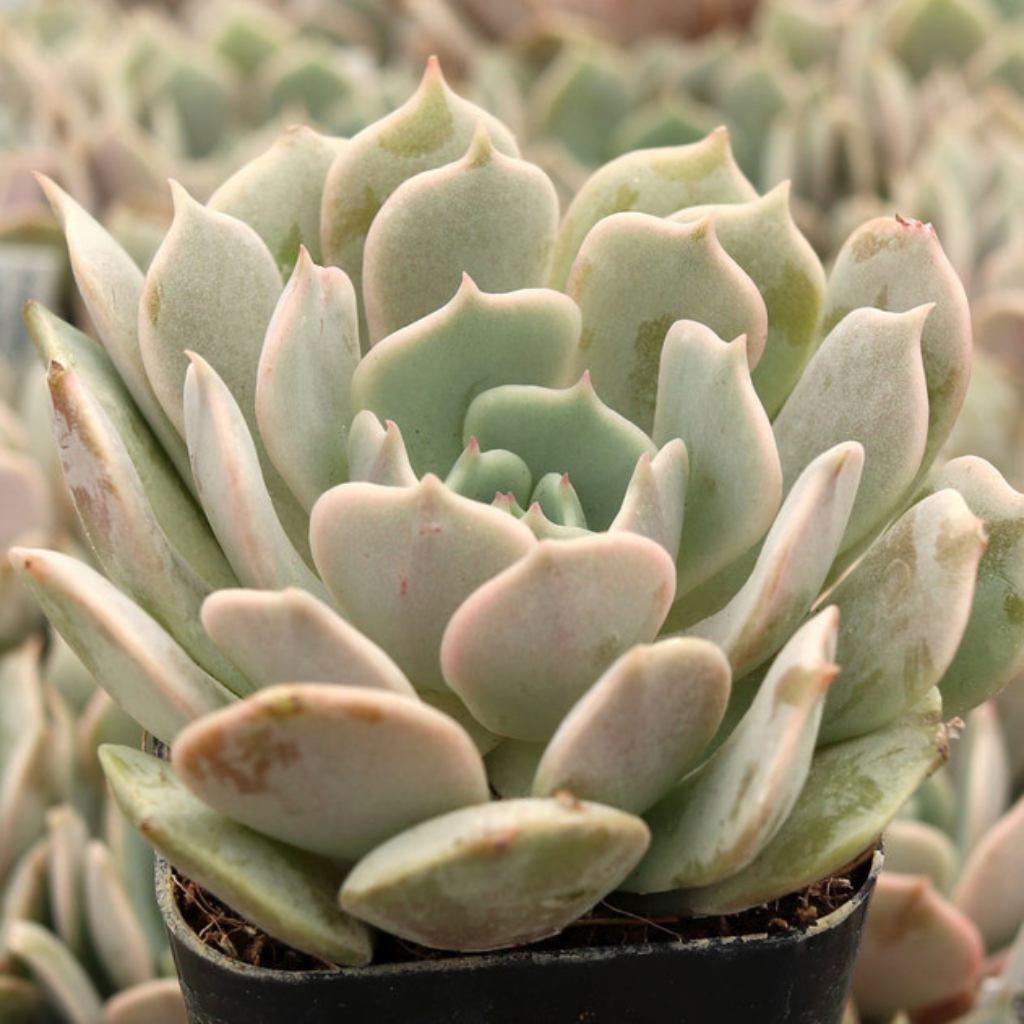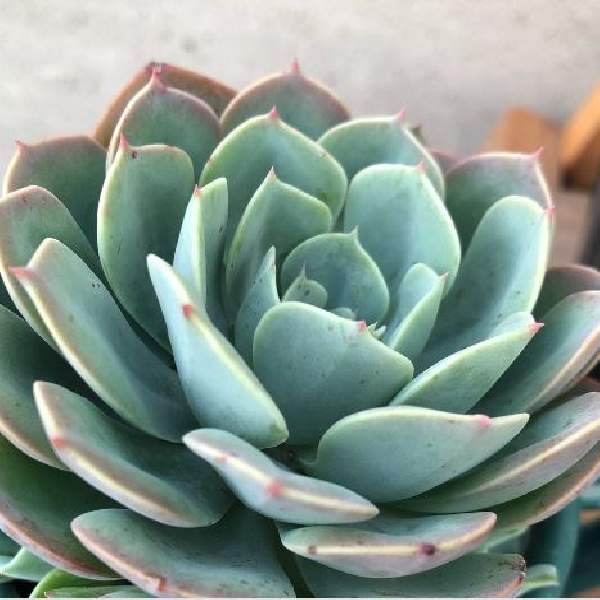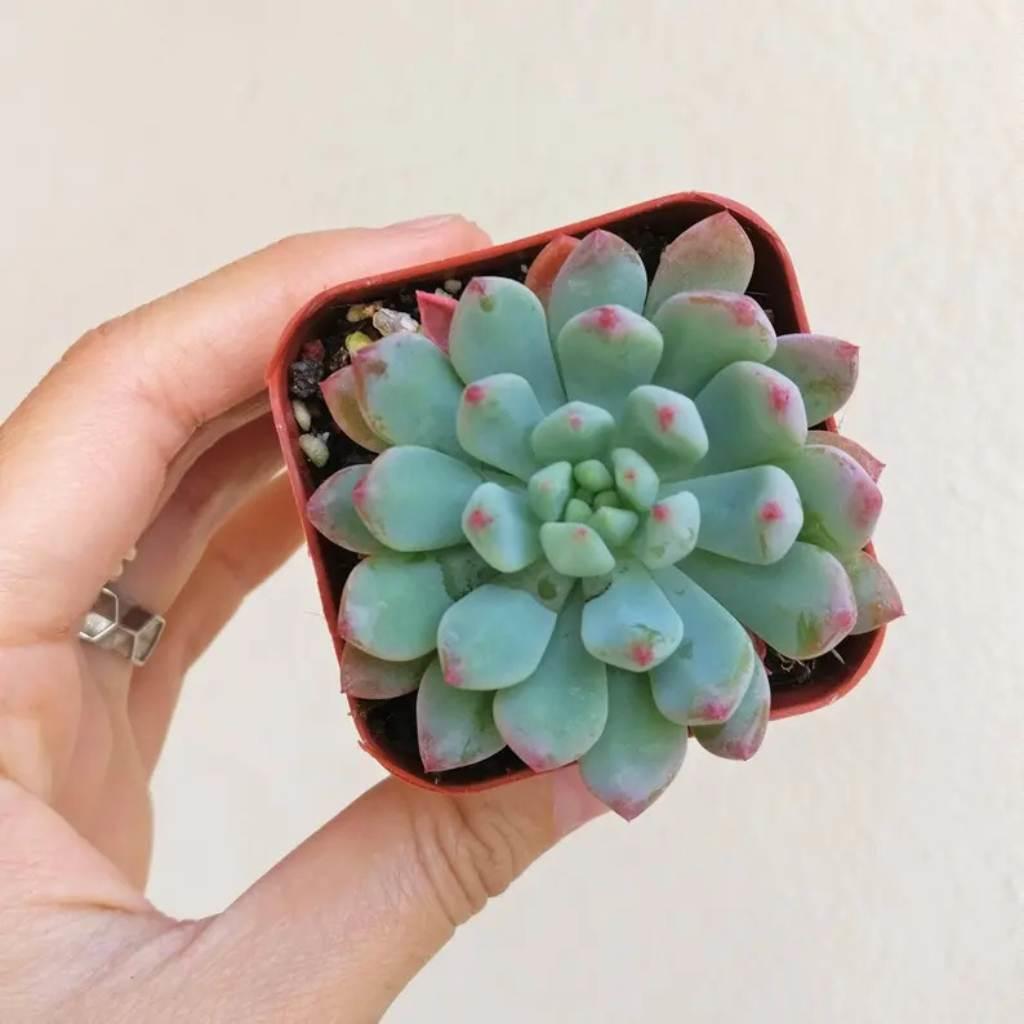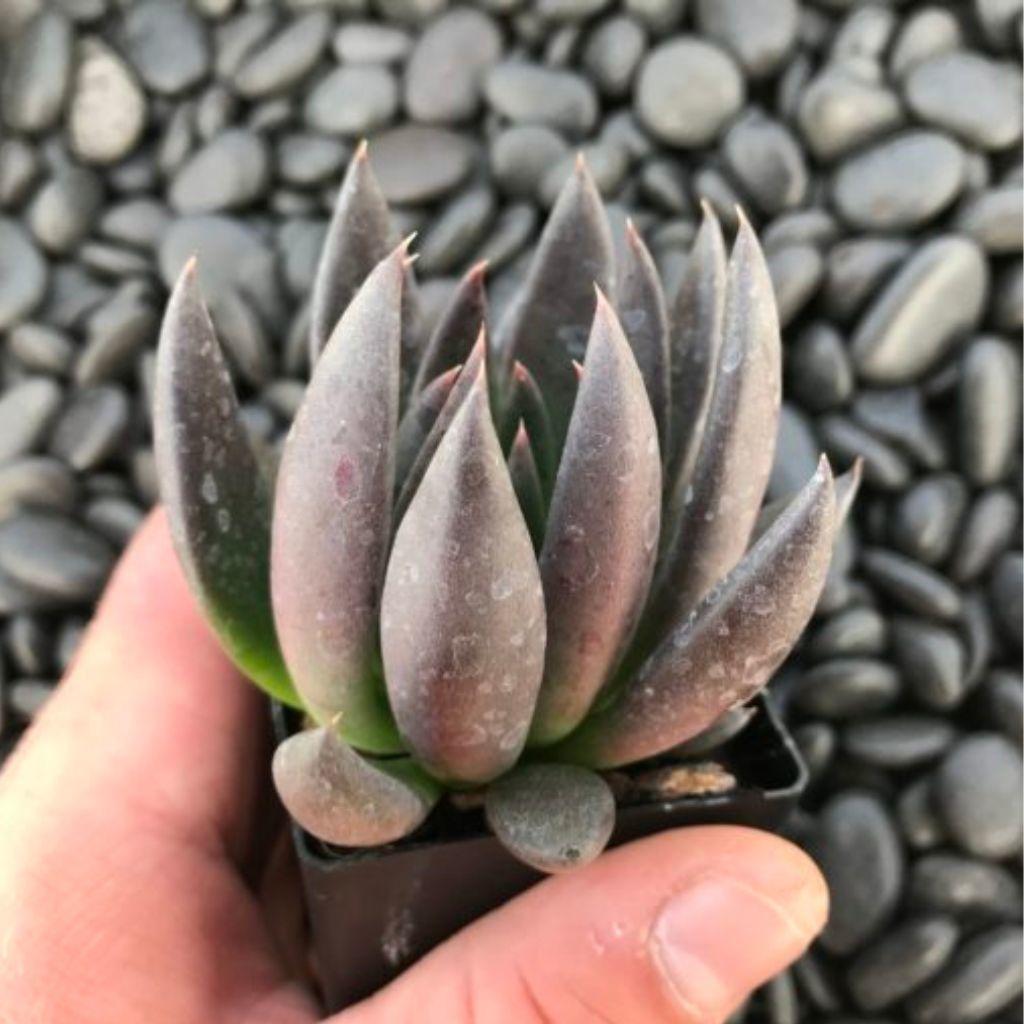Sort by:
71 products
71 products
The Tradescantia Bolivian (also known as Bolivian Wandering Jew) is a stunning and vibrant plant that features striking, colorful foliage. Its elongated leaves are adorned with rich purple and green tones, creating a bold, eye-catching appearance that will complement any indoor space. This charming plant is native to the tropical regions of South America, and like other members of the Tradescantia family, it’s an adaptable and easy-to-grow plant that thrives in a variety of environments.
Tradescantia Bolivian is renowned for its trailing growth habit, making it perfect for hanging baskets, planters, or as a floor plant. Whether it’s cascading over the edges of a pot or climbing up a trellis, this plant's dramatic, colorful foliage adds beauty and texture to any room. Known for being a low-maintenance houseplant, it’s perfect for plant lovers looking for vibrant foliage with minimal effort.
Tradescantia Bolivian: Benefits
- Air-purifying qualities: Like most houseplants, Tradescantia Bolivian helps improve indoor air quality by removing toxins from the environment.
- Pet-friendly: This plant is non-toxic to both cats and dogs, making it a safe option for homes with furry friends.
- Beautiful, trailing foliage: Its long, trailing vines add a lush, tropical feel to your home.
- Easy to care for: Ideal for both beginners and seasoned plant parents.
Tradescantia Bolivian Care Guide
Although the Tradescantia Bolivian is low-maintenance, here are a few key care tips to ensure it thrives in your home:
Watering
Water your Tradescantia Bolivian when the top 1-2 inches of soil feel dry to the touch. Be cautious not to overwater, as this can lead to root rot. Always allow excess water to drain from the pot.
Light and Temperature
This plant prefers bright, indirect light, but it can also tolerate some lower light conditions. Avoid direct sunlight, which can scorch the leaves. Keep it in a space with room temperatures ranging from 65°F to 75°F. Tradescantia Bolivian is not frost-tolerant, so keep it away from cold drafts.
Humidity
Tradescantia Bolivian appreciates a bit of extra humidity. To create a more humid environment, consider placing a humidity tray under the pot, grouping plants together, or lightly misting the leaves every so often.
Soil, Repotting, and Fertilizing
Use a well-draining potting mix, as Tradescantia Bolivian does not like to sit in waterlogged soil. Repot your plant every 1-2 years in a slightly larger pot when it becomes root-bound. During the growing season (spring and summer), feed your Tradescantia with a balanced liquid fertilizer every 4-6 weeks to encourage healthy growth.
Pruning, Cleaning, and Common Issues
Regularly trim back any leggy growth to maintain a fuller, bushier plant. You can propagate new plants from cuttings by placing them in water until roots develop, then transferring them to soil. Some common issues with Tradescantia include wilting leaves due to overwatering or under-lighting. If the leaves begin to lose color, it's often a sign of insufficient light.
Tradescantia Bolivian: Placement, Companion & Alternative Plants
Best Locations & Uses
- A perfect hanging basket or trailing plant for living rooms, offices, or kitchens.
- Great for plant lovers who want a beautiful, easy-care houseplant.
- Ideal for beginners or anyone looking to add a vibrant touch of color to their space.
Companion Plants
Group your Tradescantia Bolivian with other plants that enjoy similar care needs for a thriving indoor garden! Here are some excellent companions:
- Pothos (Epipremnum aureum): A hardy, easy-to-grow trailing plant that pairs beautifully with the vibrant colors of Tradescantia.
- Philodendron Brasil (Philodendron hederaceum 'Brasil'): With its heart-shaped leaves and striking green and yellow patterns, it complements the rich hues of the Tradescantia Bolivian.
- Spider Plant (Chlorophytum comosum): Another low-maintenance plant that offers a contrasting look with its long, arching leaves.
Alternative Plants
If you’re looking for alternatives to Tradescantia Bolivian, consider the following similar plants that are also perfect for adding color and texture to your home:
- Tradescantia Zebrina: With its silver-striped purple leaves, this plant offers similar care requirements and trailing growth.
- Coleus: A colorful, low-maintenance plant with vibrant foliage that thrives indoors and outdoors.
- Basil Plant: For an edible option, consider the herbaceous Basil for its lovely green leaves and aromatic scent.
Add a Tradescantia Bolivian to Your Indoor Garden!
With its stunning foliage and easy care requirements, the Tradescantia Bolivian is the perfect addition to your home. Whether you’re looking to brighten up your office, living room, or kitchen, this plant will add a beautiful touch of color and vitality to any space.
Add a rooted starter plant of Tradescantia Bolivian to your collection today and enjoy its gorgeous, trailing vines and vibrant foliage!
The Sempervivum Silverine Rooted Starter Plant is a young, pre-rooted specimen of Sempervivum Silverine, a hardy succulent in the Crassulaceae family. Known as "Hens and Chicks," this perennial forms compact rosettes of fleshy, silvery-green leaves with delicate pink or red tips. Native to alpine regions of Europe, the rooted starter is acclimated for easy transplanting, ensuring rapid establishment. Mature plants produce offsets ("chicks") around a central rosette, creating a striking, self-sustaining colony. Ideal for rock gardens, containers, or harsh landscapes, Sempervivum Silverine thrives in extreme conditions and grows 3-5 inches tall with a spreading habit.
Sempervivum Silverine Rooted Starter: Benefits
- Extreme hardiness: Tolerates freezing temperatures, drought, and poor soils.
- Year-round color: Silvery-green foliage with pink accents adds visual interest in all seasons.
- Cold-tolerant: Survives temperatures as low as -30°F (-34°C) (USDA zones 3–8).
- Low maintenance: No pruning, fertilizing, or frequent watering required.
- Self-propagating: Produces offsets for effortless garden expansion.
Sempervivum Silverine Rooted Starter Care Guide
Light and Water
- Light: Full sun (6+ hours daily) enhances leaf color and compact growth. Tolerates light shade but may lose vibrancy.
- Water: Water sparingly only when the soil is completely dry. Avoid wetting the rosettes to prevent rot.
Soil and Fertilizing
- Soil: Requires gritty, well-draining soil (e.g., cactus/succulent mix with sand or gravel).
- Fertilizer: None needed; thrives in nutrient-poor conditions.
Temperature and Humidity
- Temperature: Hardy in USDA zones 3-8. Tolerates -30°F to 90°F (-34°C to 32°C).
- Humidity: Prefers dry climates; high humidity may increase rot risk.
Pruning, Propagating, and Repotting
- Pruning: Remove dead outer leaves or spent flower stalks (monocarpic rosettes die after blooming).
- Propagating: Gently separate offsets in spring/summer and replant.
- Repotting: Report every 3–4 years to refresh the soil or divide crowded clusters.
Common Problems
- Root/crown rot: Caused by overwatering or poor drainage. Use gritty soil and water minimally.
- Aphids: Treat with insecticidal soap or neem oil.
- Leggy growth: Due to insufficient sunlight. Relocate to a sunnier spot.
- Sunburn: Rare, but intense midday sun in hot climates may scorch leaves.
Sempervivum Silverine Rooted Starter: Best Locations & Uses
- Rock gardens: Complement stones and alpine plants with their metallic hues.
- Containers: Ideal for patio pots, fairy gardens, or modern succulent arrangements.
- Green roofs: Flourishes in shallow, well-draining substrates.
- Ground cover: Creates a drought-tolerant carpet in sunny, dry areas.
- Cold climates: Perfect for regions with harsh winters.
Note:
Non-toxic and safe for pets and children.
The Sempervivum Kalinda Rooted Starter Plant is a young, pre-rooted specimen of Sempervivum Kalinda, a striking succulent in the Crassulaceae family. Known as "Hens and Chicks," this hardy perennial forms tight rosettes of fleshy, pointed leaves in shades of burgundy, green, and silver, often tipped with dramatic red or purple. Native to mountainous regions of Europe, the rooted starter is acclimated for easy transplanting, ensuring rapid establishment. Mature plants produce offsets ("chicks") around a central rosette, creating a striking, ever-expanding colony. Ideal for rock gardens, containers, or alpine landscapes, Sempervivum Kalinda thrives in harsh conditions and grows 3-4 inches tall with a spreading habit.
Sempervivum Kalinda Rooted Starter Plant: Benefits
- Extreme hardiness: Survives freezing temperatures, drought, and poor soils.
- Low maintenance: No pruning, fertilizing, or frequent watering required.
- Cold-tolerant: Hardy down to -30°F (-34°C) (USDA zones 3–8).
- Decorative appeal: Adds year-round color and texture with its jewel-toned rosettes.
- Self-propagating: Produces offsets for effortless expansion.
Sempervivum Kalinda Rooted Starter Plant Care Guide
Light and Water
- Light: Full sun (6+ hours daily) enhances leaf coloration. Tolerates partial shade but may lose vibrancy.
- Water: Water sparingly only when the soil is completely dry. Avoid overhead watering to prevent rot.
Soil and Fertilizing
- Soil: Requires gritty, well-draining soil (e.g., cactus/succulent mix with sand or pumice).
- Fertilizer: None needed; thrives in nutrient-poor conditions.
Temperature and Humidity
- Temperature: Hardy in USDA zones 3-8. Tolerates -30°F to 90°F (-34°C to 32°C)
- Humidity: Prefers dry climates; high humidity may increase rot risk.
Pruning, Propagating, and Repotting
- Pruning: Remove dead outer leaves or spent flower stalks (monocarpic rosettes die after flowering).
- Propagating: Separate offsets in spring/summer and replant.
- Repotting: Report every 3–4 years to refresh the soil or divide crowded clusters.
Common Problems
- Root/crown rot: Caused by overwatering or poor drainage. Ensure gritty soil and dry conditions.
- Aphids: Treat with insecticidal soap or neem oil.
- Leggy growth: Due to insufficient sunlight. Move to a sunnier location.
- Sunburn: Rare, but intense midday sun in hot climates may scorch leaves.
Sempervivum Kalinda Rooted Starter Plant: Best Locations and Uses
- Rock gardens: Contrast beautifully with stones and other alpine plants.
- Containers: Perfect for patio displays, troughs, or fairy gardens.
- Green roofs: Thrives in shallow, well-draining substrates.
- Ground cover: Forms a drought-tolerant carpet in sunny, dry areas.
- Cold climates: One of the few succulents that survives harsh winters.
Note:
Non-toxic and safe for pets and children.
The Senecio Mandraliscae Blue Rooted Starter Plant is a young, pre-rooted specimen of Senecio mandraliscae, a striking succulent in the Asteraceae family. Native to South Africa, this plant is famed for its slender, finger-like blue-gray leaves that resemble chalk sticks. The rooted starter is acclimated for easy transplanting, ensuring rapid establishment. Mature plants form sprawling clumps (12-18 inches tall) with a ground-hugging habit, making them ideal for drought-tolerant landscapes, rock gardens, or modern container arrangements.
Senecio Mandraliscae Blue Rooted Starter: Benefits
- Drought-tolerant: Thrives in arid conditions with minimal watering.
- Architectural foliage: Adds bold texture and icy-blue color to gardens.
- Ground cover: Spreads quickly to suppress weeds and stabilize soil.
- Low maintenance: No pruning or fertilizing required once established.
- Deer-resistant: Rarely browsed by deer or pests.
Senecio Mandraliscae Blue Rooted Starter Care Guide
Light and Water
- Light: Full sun (6+ hours daily) enhances leaf color and compact growth. Tolerates partial shade but may become leggy.
- Water: Water sparingly-only when the soil is bone-dry. Overwatering causes root rot.
Soil and Fertilizing
- Soil: Requires well-draining, gritty soil (e.g., cactus/succulent mix). Avoid clay or moisture-retentive soils.
- Fertilizer: None needed; thrives in nutrient-poor conditions.
Temperature and Humidity
- Temperature: Hardy in USDA zones 9-11. Tolerates light frost but struggles below 25°F (-4°C).
- Humidity: Prefers dry climates; high humidity may increase rot risk.
Pruning, Propagating, and Repotting
- Pruning: Trim leggy stems to encourage bushiness. Remove dead leaves for tidiness.
- Propagating: Easily propagated from stem cuttings, allowing cut ends to callus before planting.
- Repotting: Repot every 2-3 years if root-bound. Use a shallow, wide container for spreading growth.
Common Problems
- Root rot: Caused by overwatering. Ensure pots or beds have excellent drainage.
- Mealybugs: Treat with neem oil or insecticidal soap.
- Leggy growth: Due to insufficient light. Move to a sunnier location.
- Leaf drop: Often a sign of temperature stress or overwatering.
Senecio Mandraliscae Blue Rooted Starter: Best Locations & Uses
- Rock gardens: Contrast beautifully with green succulents and stones.
- Slopes and banks: Prevents erosion with its mat-forming roots.
- Modern containers: Add sculptural interest to patios or rooftops.
- Coastal gardens: Tolerates sandy, salty soils.
- Xeriscapes: Ideal for water-wise landscapes.
Note:
Toxic if ingested. Keep away from pets and children.
The Sedum Reflexum Blue Spruce Rooted Starter Plant is a young, pre-rooted specimen of the hardy succulent Sedum reflexum Blue Spruce. Native to rocky, mountainous regions of Europe, this Crassulaceae family member features striking blue-green, needle-like foliage that resembles spruce branches. The rooted starter is acclimated for easy transplanting, ensuring rapid establishment. Mature plants form dense, low-growing mats (4-6 inches tall) with vibrant yellow summer blooms that attract pollinators. Ideal for rock gardens, slopes, or containers, this drought-tolerant succulent spreads vigorously, creating year-round visual interest.
Sedum Reflexum Blue Spruce Rooted Starter: Benefits
- Quick establishment: Pre-rooted for faster growth and minimal transplant shock.
- Drought-tolerant: Thrives in dry, nutrient-poor soils with infrequent watering.
- Ground cover: Forms a dense, evergreen mat that suppresses weeds.
- Pollinator-friendly: Bright yellow star-shaped flowers attract bees and butterflies.
- Low maintenance: No pruning or fertilizing required once established.
Sedum Reflexum Blue Spruce Rooted Starter Care Guide
Light and Water
- Light: Full sun (6+ hours daily) enhances foliage color and flowering. Tolerates light shade but may grow leggy.
- Water: Water sparingly only during extended droughts. Overwatering risks root rot.
Soil and Fertilizing
- Soil: Requires well-draining, sandy, or gravelly soil. Avoid clay-heavy or water-retentive mixes.
- Fertilizer: None needed; thrives in lean conditions
Temperature and Humidity
- Temperature: Hardy in USDA zones 3-9. Tolerates frost, snow, and temperatures as low as -30°F (-34°C).
- Humidity: Adapts to dry or moderately humid climates.
Pruning, Propagating, and Repotting
- Pruning: Trim sprawling stems to control growth. Deadhead blooms to prevent self-seeding.
- Propagating: Divide clumps in spring/fall, or place stem cuttings on soil roots readily
- Repotting: Rarely necessary. Refresh container soil every 3-4 years if potted.
Common Problems
- Root rot: Caused by soggy soil. Ensure sharp drainage in pots or garden beds.
- Aphids: Treat with insecticidal soap or neem oil.
- Leggy growth: Due to insufficient sunlight. Relocate to a sunnier spot.
- Invasive spread: Contain with edging or plant in controlled areas.
Sedum Reflexum Blue Spruce Rooted Starter: Best Locations & Uses
- Rock gardens: Add icy-blue texture among stones.
- Slopes and banks: Stabilizes soil with its mat-forming roots.
- Containers: Perfect for drought-tolerant patio or balcony displays.
- Green roofs: Thrives in shallow, gritty substrates.
- Path edges: Fills gaps between pavers and tolerates light foot traffic.
Note:
Mildly toxic if ingested. Keep away from pets and children.
The Sedeveria Hybrid Jet Beads Rooted Starter Plant is a young, pre-rooted succulent prized for its unique, bead-like foliage and compact growth. A hybrid of Sedum and Echeveria, this Crassulaceae family member features small, rounded leaves that cluster tightly along trailing stems, resembling strings of glossy green to burgundy beads. Native to hybrid cultivation (parent species from Mexico), this drought-tolerant plant is acclimated for easy growth and will mature into a clumping or trailing specimen, reaching 4-6 inches tall and 6-12 inches wide.
Ideal for beginners, this rooted starter ensures faster establishment and reduced transplant shock compared to seeds or unrooted cuttings.
Sedeveria Hybrid Jet Beads: Benefits
- Drought-tolerant: Thrives with minimal watering, perfect for xeriscaping or forgetful gardeners.
- Ornamental appeal: Unique bead-like foliage adds texture to arrangements, terrariums, or rock gardens.
- Non-toxic: Safe for homes with pets and children.
- Compact growth: Fits small spaces, hanging baskets, or fairy gardens.
- Low maintenance: Requires no pruning or fertilizing.
Sedeveria Hybrid Jet Beads Care Guide
Light and Water
- Light: Bright indirect light to partial sun (4-6 hours daily). Direct morning sun enhances leaf color; avoid intense afternoon sun.
- Water: Water sparingly every 3-4 weeks in summer. Let the soil dry completely between waterings. Reduce to monthly in winter.
Soil and Fertilizing
- Soil: Use a gritty cactus/succulent mix (e.g., 50% potting soil + 50% perlite/pumice).
- Fertilizer: Optional feed lightly with diluted succulent fertilizer (5-10-5) once in spring and summer.
Temperature and Humidity
- Temperature: Ideal range: 60-80°F (15-27°C). Protect from frost and temperatures below 40°F (4°C).
- Humidity: Thrives in dry air (10-40% humidity). Avoid humid environments.
Pruning, Propagating, and Repotting
- Pruning: Trim leggy stems to maintain shape. Remove dead leaves.
- Propagating: Take stem or leaf cuttings; let callous for 1-2 days before planting.
- Repotting: Repot every 2-3 years in spring. Use shallow pots for shallow roots.
Common Problems
- Root rot: Overwatering or poor drainage. Ensure pots have drainage holes.
- Etiolation (stretching): Insufficient light. Move to a brighter location.
- Mealybugs: Treat with neem oil or isopropyl alcohol.
- Sunburn: White/brown patches from sudden, intense sun. Acclimate gradually.
Sedeveria Hybrid Jet Beads: Best Locations & Uses
- Rock gardens: Add whimsical texture among stones or gravel.
- Hanging baskets: Showcases trailing stems in bright indoor or shaded outdoor areas.
- Terrariums: Compact size suits arid, open terrarium setups.
- Office desks: Thrives under bright artificial light.
- Pet-friendly spaces: Safe for households with cats or dogs.
The Echeveria Vertis Rooted Starter Plant is a young, pre-rooted succulent prized for its elegant rosettes of gradient-colored foliage. A hybrid within the Crassulaceae family, this plant features fleshy, spoon-shaped leaves that transition from soft green at the center to pink or coral hues at the tips under bright light. Native to Mexico, this drought-tolerant succulent is acclimated for easy growth and will mature into a compact rosette reaching 6-8 inches in diameter, with potential for tall stalks of orange or yellow flowers in summer.
Ideal for beginners, this rooted starter ensures faster establishment and reduced transplant shock compared to seeds or unrooted cuttings.
Echeveria Vertis: Benefits
- Aesthetic appeal: Gradient foliage adds vibrant color to modern, desert-themed, or minimalist decor.
- Drought-tolerant: Thrives with minimal watering, perfect for low-maintenance gardens or busy plant owners.
- Non-toxic: Safe for homes with pets and children.
- Compact growth: Fits small pots, terrariums, or mixed succulent arrangements.
- Air-purifying: Improves indoor air quality by absorbing CO2.
Echeveria Vertis Care Guide
Light and Water
- Light: Full sun to bright indirect light (6+ hours daily). Direct sun enhances color gradients; acclimate gradually to prevent burns.
- Water: Water deeply but infrequently every 3-4 weeks in summer. Let the soil dry completely between waterings. Reduce to monthly in winter.
Soil and Fertilizing
- Soil: Use a gritty cactus/succulent mix (e.g., 50% potting soil + 50% perlite/pumice).
- Fertilizer: Optional feed lightly with diluted succulent fertilizer (5-10-5) once in spring and summer.
Temperature and Humidity
- Temperature: Ideal range: 60-80°F (15-27°C). Tolerates brief frost down to 25°F (-4°C) if kept dry.
- Humidity: Prefers dry air (10-40% humidity). Avoid humid environments.
Pruning, Propagating, and Repotting
- Pruning: Remove dead lower leaves to maintain symmetry. Trim spent flower stalks post-bloom.
- Propagating: Separate offsets or take leaf cuttings; let callous for 2-3 days before planting.
- Repotting: Repot every 2-3 years in spring. Use shallow, wide pots for shallow roots.
Common Problems
- Root rot: Overwatering or poor drainage. Ensure pots have drainage holes.
- Etiolation (stretching): Insufficient light. Move to a sunnier location.
- Mealybugs or aphids: Treat with neem oil or insecticidal soap.
- Faded coloration: Inadequate sunlight. Gradually increase light exposure.
Echeveria Vertis: Best Locations & Uses
- Sunny windowsills: Enhance color gradients with morning sunlight.
- Rock gardens: Contrasts with other succulents like Sedum or Graptopetalum.
- Office desks: Thrives under bright artificial light.
- Outdoor containers: Ideal for patios in frost-free climates (zones 9-11).
- Pet-friendly spaces: Safe for households with cats or dogs.
The Echeveria Runyonii Pink Edge Rooted Starter Plant is a young, pre-rooted succulent known for its ruffled, spoon-shaped leaves with delicate pink margins. A cultivar of Echeveria runyonii, this hybrid features powdery blue-green foliage that develops soft pink edges under bright sunlight. Native to Mexico, this Crassulaceae family member forms compact rosettes and grows 6-8 inches tall and wide. Mature plants may produce tall stalks of orange or pink flowers in late summer.
This drought-tolerant starter plant is acclimated for easy growth, offering a head start over seeds or cuttings. Its striking coloration and low-maintenance nature make it ideal for containers, rock gardens, or indoor displays.
Echeveria Runyonii Pink Edge: Benefits
- Ornamental appeal: Ruffled pink-edged leaves add whimsy to modern, desert-themed, or eclectic decor.
- Drought-tolerant: Thrives with minimal watering, perfect for xeriscaping or busy plant owners.
- Non-toxic: Safe for homes with pets and children.
- Compact growth: Fits small pots, terrariums, or mixed succulent arrangements.
- Air-purifying: Improves indoor air quality by absorbing CO2.
Echeveria Runyonii Pink Edge Care Guide
Light and Water
- Light: Full sun to bright indirect light (6+ hours daily). Direct sun enhances pink margins; acclimate gradually to prevent burns
- Water: Water deeply but infrequently every 3-4 weeks in summer. Let the soil dry completely between waterings. Reduce to monthly in winter.
Soil and Fertilizing
- Soil: Use a gritty cactus/succulent mix (e.g., 50% potting soil + 50% perlite/pumice).
- Fertilizer: Optional feed lightly with diluted succulent fertilizer (5-10-5) once in spring and summer.
Temperature and Humidity
- Temperature: Ideal range: 60-80°F (15-27°C). Tolerates brief frost down to 25°F (-4°C) if kept dry.
- Humidity: Prefers dry air (10-40% humidity). Avoid humid environments.
Pruning, Propagating, and Repotting
- Pruning: Remove dead lower leaves to maintain symmetry. Trim spent flower stalks.
- Propagating: Separate offsets or take leaf cuttings; let callous for 2-3 days before planting.
- Repotting: Repot every 2-3 years in spring. Use shallow, wide pots for shallow roots.
Common Problems
- Root rot: Overwatering or poor drainage. Ensure pots have drainage holes.
- Etiolation (stretching): Insufficient light. Move to a sunnier location.
- Mealybugs or aphids: Treat with neem oil or insecticidal soap.
- Faded pink edges: Insufficient sunlight. Gradually increase light exposure.
Echeveria Runyonii Pink Edge: Best Locations & Uses
- Sunny windowsills: Enhance pink margins with morning sunlight.
- Rock gardens: Pair with contrasting succulents like Sedum or Graptopetalum.
- Office desks: Thrives under bright artificial light.
- Outdoor containers: Ideal for patios in frost-free climates (zones 9-11).
- Pet-friendly spaces: Safe for households with cats or dogs.
The Echeveria Prolifica Rooted Starter Plant is a young, pre-rooted succulent celebrated for its rapid growth and prolific production of offsets. Native to Mexico, this Crassulaceae family member forms compact rosettes of fleshy, blue-green leaves that blush pink at the tips under bright sunlight. The rooted starter is acclimated for easy growth and will mature into a clumping plant reaching 4-6 inches tall and 8-12 inches wide, with potential for tall stalks of yellow flowers in spring or summer.
Ideal for beginners, this drought-tolerant succulent offers a head start over seeds or cuttings, ensuring faster establishment and lush, spreading growth.
Echeveria Prolifica: Benefits
- Prolific growth: Quickly fills spaces with clusters of rosettes, perfect for ground cover or containers.
- Drought-tolerant: Thrives with minimal watering, ideal for xeriscaping or low-maintenance gardens.
- Non-toxic: Safe for homes with pets and children.
- Air-purifying: Filters indoor air pollutants.
- Ornamental appeal: Adds texture and color contrast to rock gardens or arrangements
Echeveria Prolifica Care Guide
Light and Water
- Light: Full sun to bright indirect light (6+ hours daily). Direct sun enhances leaf coloration.
- Water: Water deeply but infrequently every 3-4 weeks in summer. Let the soil dry completely between waterings. Reduce to monthly in winter.
Soil and Fertilizing
- Soil: Use a gritty cactus/succulent mix (e.g., 50% potting soil + 50% perlite/pumice).
- Fertilizer: Optional feed lightly with diluted succulent fertilizer (5-10-5) once in spring and summer.
Temperature and Humidity
- Temperature: Ideal range: 60-80°F (15-27°C). Tolerates brief frost down to 25°F (-4°C) if kept dry.
- Humidity: Prefers dry air (10-40% humidity). Avoid humid environments.
Pruning, Propagating, and Repotting
- Pruning: Remove dead leaves to maintain tidiness. Trim flower stalks post-bloom.
- Propagating: Separate offsets or take leaf cuttings; let callous for 1-2 days before planting.
- Repotting: Repot every 2-3 years in spring to accommodate spreading growth.
Common Problems
- Root rot: Overwatering or poor drainage. Ensure pots have drainage holes.
- Etiolation (stretching): Insufficient light. Move to a sunnier location.
- Mealybugs or aphids: Treat with neem oil or insecticidal soap.
- Sunburn: White/brown patches from sudden, intense sun. Acclimate gradually.
Echeveria Prolifica: Best Locations & Uses
- Rock gardens: Spreads naturally among stones or gravel beds.
- Hanging baskets: Showcases cascading clusters of rosettes.
- Indoor window sills: Thrives in bright, sunny spots.
- Ground cover: Creates lush carpets in frost-free climates (zones 9-11).
- Pet-friendly spaces: Safe for households with cats or dogs.
The Echeveria Blue Elf Rooted Starter Plant is a young, pre-rooted succulent prized for its icy blue-green rosettes and sculptural form. A hybrid of the Crassulaceae family, this drought-tolerant plant originates from Mexico and features thick, spoon-shaped leaves with a powdery farina coating that protects against sun and moisture loss. The rooted starter is acclimated for easy growth and will mature into a compact rosette reaching 6-8 inches in diameter, with potential for tall stalks of coral-pink flowers in summer.
Ideal for beginners, this starter plant ensures faster establishment and reduced transplant shock compared to seeds or cuttings.
Echeveria Blue Elf: Benefits
- Drought-tolerant: Thrives with minimal watering, perfect for xeriscaping or busy plant owners.
- Air-purifying: Improves indoor air quality by absorbing CO2.
- Non-toxic: Safe for homes with pets and children.
- Compact size: Fits small pots, terrariums, or mixed succulent arrangements.
- Ornamental appeal: Adds serene blue tones to modern or desert-themed decor.
Echeveria Blue Elf Care Guide
Light and Water
- Light: Full sun to bright indirect light (6+ hours daily). Direct sun enhances blue hues; acclimate gradually to prevent burns.
- Water: Water deeply but infrequently every 3-4 weeks in summer. Let the soil dry completely between waterings. Reduce to monthly in winter.
Soil and Fertilizing
- Soil: Use a gritty cactus/succulent mix (e.g., 50% potting soil + 50% perlite/pumice).
- Fertilizer: Optional feed lightly with diluted succulent fertilizer (5-10-5) once in spring and summer.
Temperature and Humidity
- Temperature: Ideal range: 60-80°F (15-27°C). Tolerates brief frost down to 25°F (-4°C) if kept dry.
- Humidity: Prefers dry air (10-40% humidity). Avoid humid environments.
Pruning, Propagating, and Repotting
- Pruning: Remove dead lower leaves to maintain symmetry. Trim spent flower stalks.
- Propagating: Separate offsets or take leaf cuttings; let callous for 2-3 days before planting.
- Repotting: Repot every 2-3 years in spring. Use shallow, wide pots for shallow roots.
Common Problems
- Root rot: Overwatering or poor drainage. Ensure pots have drainage holes.
- Etiolation (stretching): Insufficient light. Move to a sunnier location.
- Mealybugs: Treat with neem oil or isopropyl alcohol.
- Sunburn: White/brown patches from sudden, intense sun. Acclimate gradually.
Echeveria Blue Elf: Best Locations & Uses
- Sunny windowsills: Enhance blue coloration with morning sunlight.
- Rock gardens or gravel beds: Pair with red or green succulents for contrast.
- Office desks: Thrives under bright artificial light.
- Outdoor containers: Ideal for patios in frost-free climates (zones 9-11).
- Pet-friendly spaces: Safe for households with cats or dogs.
The Echeveria Affinis Black Knight Rooted Starter Plant is a young, pre-rooted succulent prized for its dramatic, near-black foliage and rosette form. Native to Mexico, this Crassulaceae family member features thick, lance-shaped leaves that deepen from green to deep purple-black under bright sunlight. The rooted starter is acclimated for easy growth and will mature into a compact plant reaching 6-8 inches in diameter, with potential for tall, arching stalks of red-orange flowers in late summer.
Ideal for beginners, this drought-tolerant succulent offers a head start over seeds or cuttings, ensuring faster establishment and reduced transplant shock.
Echeveria Black Knight: Benefits
- Striking aesthetics: Adds gothic elegance to modern, desert-themed, or minimalist decor.
- Drought-resistant: Thrives with minimal watering, perfect for low-maintenance gardens.
- Air-purifying: Absorbs indoor pollutants like CO2.
- Non-toxic: Safe for homes with pets and children.
- Compact size: Fits small pots, terrariums, or rock gardens.
Echeveria Black Knight Care Guide
Light and Water
- Light: Full sun to bright indirect light (6+ hours daily). Direct sun enhances dark pigmentation.
- Water: Water deeply but infrequently every 3-4 weeks in summer. Let the soil dry completely between waterings. Reduce to monthly in winter.
Soil and Fertilizing
- Soil: Use a gritty cactus/succulent mix (e.g., 50% potting soil + 50% perlite/pumice).
- Fertilizer: Optional feed lightly with diluted succulent fertilizer (5-10-5) once in spring and summer.
Temperature and Humidity
- Temperature: Ideal range: 60-80°F (15-27°C). Tolerates brief frost down to 25°F (-4°C) if kept dry.
- Humidity: Prefers dry air (10-30% humidity). Avoid humid environments.
Pruning, Propagating, and Repotting
- Pruning: Remove dead lower leaves to maintain symmetry. Trim flower stalks post-bloom.
- Propagating: Separate offsets or take leaf cuttings; let callous for 2-3 days before planting.
- Repotting: Repot every 2-3 years in spring. Use shallow, wide pots for shallow roots.
Common Problems
- Root rot: Overwatering or poor drainage. Ensure pots have drainage holes.
- Etiolation (stretching): Insufficient light. Move to a sunnier location.
- Mealybugs: Treat with neem oil or isopropyl alcohol.
- Sunburn: White/brown patches from sudden, intense sun. Acclimate gradually.
Echeveria Black Knight: Best Locations & Uses
- Sun-drenched windowsills: Enhance dark leaf coloration with direct morning light.
- Rock gardens or gravel beds: Contrast with lighter-colored succulents.
- Gothic or modern decor: Adds bold contrast to dark-themed interiors.
- Outdoor containers: Thrives in patio pots in frost-free climates (zones 9-11).
- Pet-friendly spaces: Safe for households with cats or dogs.

